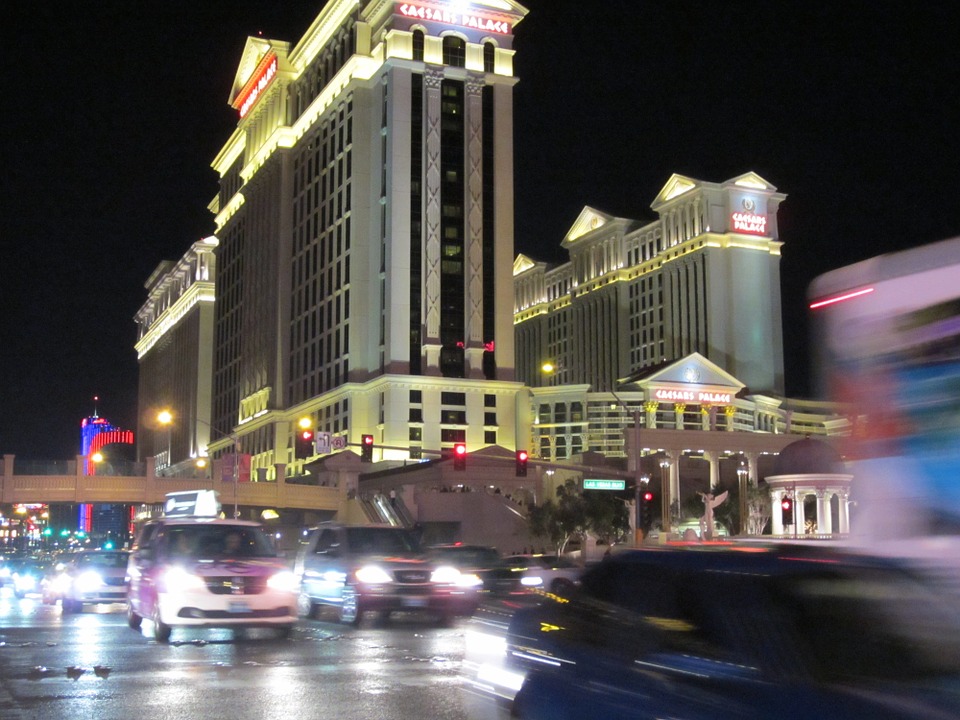If you’re looking for interesting facts about Neon, then you have come to the right place. In this post, I’ll walk you through all you need to know about neon lights, including the six amazing facts. Let’s cut to the chase.
1. Origin Of Neon

Neon is the second lightest gas with an atomic number 10. In 1894, Neon was discovered by Scottish Nobel prize winner William Ramsay. As of 1902, George Claude began creating neon lights, presently used to make neon signs. The first neon light was displayed on December 11, 1910, in Paris.
2. Neon Trivia

Did you know neon signs can last upto 20 years? This is possible because Neon does not form another compound. Neon is also lighter than air; hence it is a monoatomic gas. However, Neon rises slowly compared to helium because it is lighter.
3. Neon Application

Neon lights are mainly used in airports and aircraft, especially during cold seasons due to their ability to pass through dense fog. Neon lights are also used in high voltage indicators, vacuum tubes, television tubes, lightning arrestors, etc.
4. Neon Risks

Neon is not toxic, but it can harm you. When you inhale it, Neon can cause suffocation, or even worse, lead to death. This is because it replaces the oxygen in your blood upon inhaling it. Neon can also cause frostbites when it comes into contact with your skin because it’s colorless, odorless, and icy.
5. Neon In Every Home

Are there neon liters in every home?. Well, it has been scientifically proven that there are 10 liters of Neon in every home. In case you acquire a new home in the United States and gather Neon that existed in different rooms, you will obtain 10 liters (2 gallons) of Neon.
6. The Value Of Neon

Neon is expensive to produce because it is rare. It is around 60 times more expensive than helium. Although it is expensive, there is a fair amount of Neon in every home. It’s worth having.




